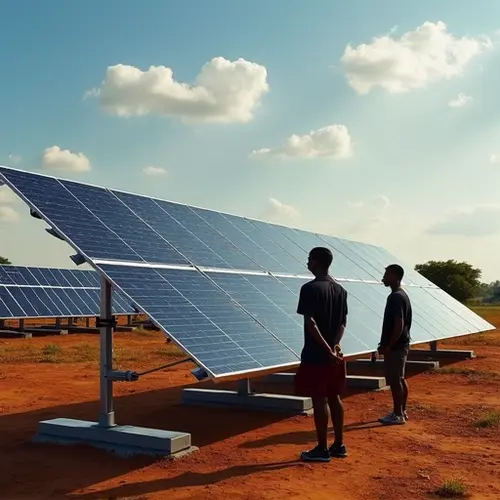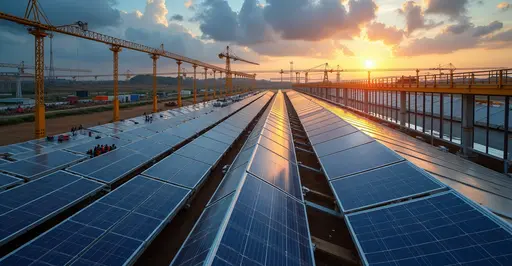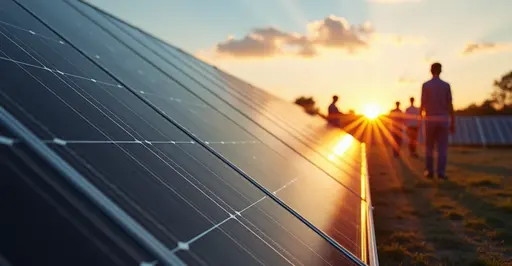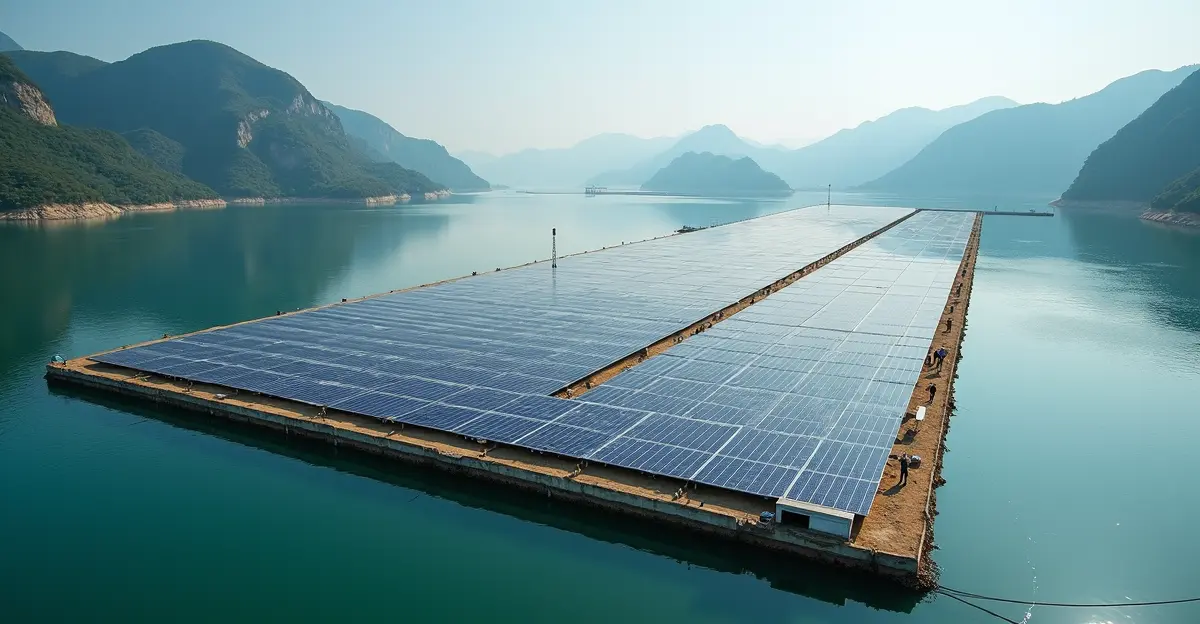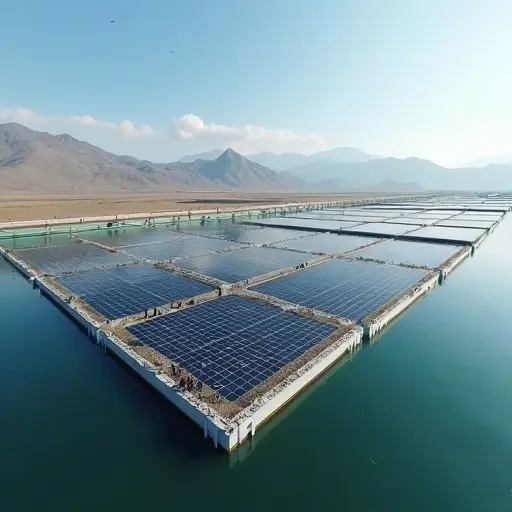
Record-Breaking Floating Solar Project Opens
China has inaugurated the world's largest floating solar farm, marking a major milestone in renewable energy infrastructure. The 5GW Xinjiang facility, now fully operational, floats on a reservoir in China's arid northwest region. Covering over 800,000 m², this engineering marvel consists of more than 12 million solar panels mounted on specially designed buoyant platforms.
How Floating Solar Works
Floating photovoltaics (FPV) involve mounting solar panels on plastic pontoons anchored to lake or reservoir beds. The technology offers several advantages over land-based systems: water naturally cools panels, boosting efficiency by 5-10%. It also conserves land space and reduces water evaporation by up to 70% in reservoirs. The Xinjiang project uses salt-resistant materials and innovative wave-resistant designs to withstand harsh conditions.
Global Floating Solar Expansion
This launch accelerates the global floating solar boom. Since the first small installation in Japan (2007), capacity has exploded from 3GW in 2020 to over 13GW today. China leads this expansion, but India, South Korea, and the Netherlands are rapidly developing major projects. The World Bank estimates covering just 10% of suitable water bodies could generate 4,000GW globally - enough to power half the world.
Environmental Impact
The Xinjiang farm will power approximately 1.2 million homes while reducing CO2 emissions by 2.5 million tons annually. Floating solar creates unique ecological benefits too - the shaded areas beneath panels foster aquatic ecosystems. However, experts note careful monitoring is needed to ensure minimal disruption to water quality and wildlife habitats.
Future Developments
Engineers are already designing next-generation offshore floating solar for ocean deployment. Dutch company Oceans of Energy has successfully tested North Sea prototypes that withstand 4-meter waves. With costs dropping 25% since 2022, floating solar is projected to grow 30% annually through 2030, potentially providing 10% of global renewable energy by 2035.

 Nederlands
Nederlands English
English Français
Français Deutsch
Deutsch Español
Español Português
Português



